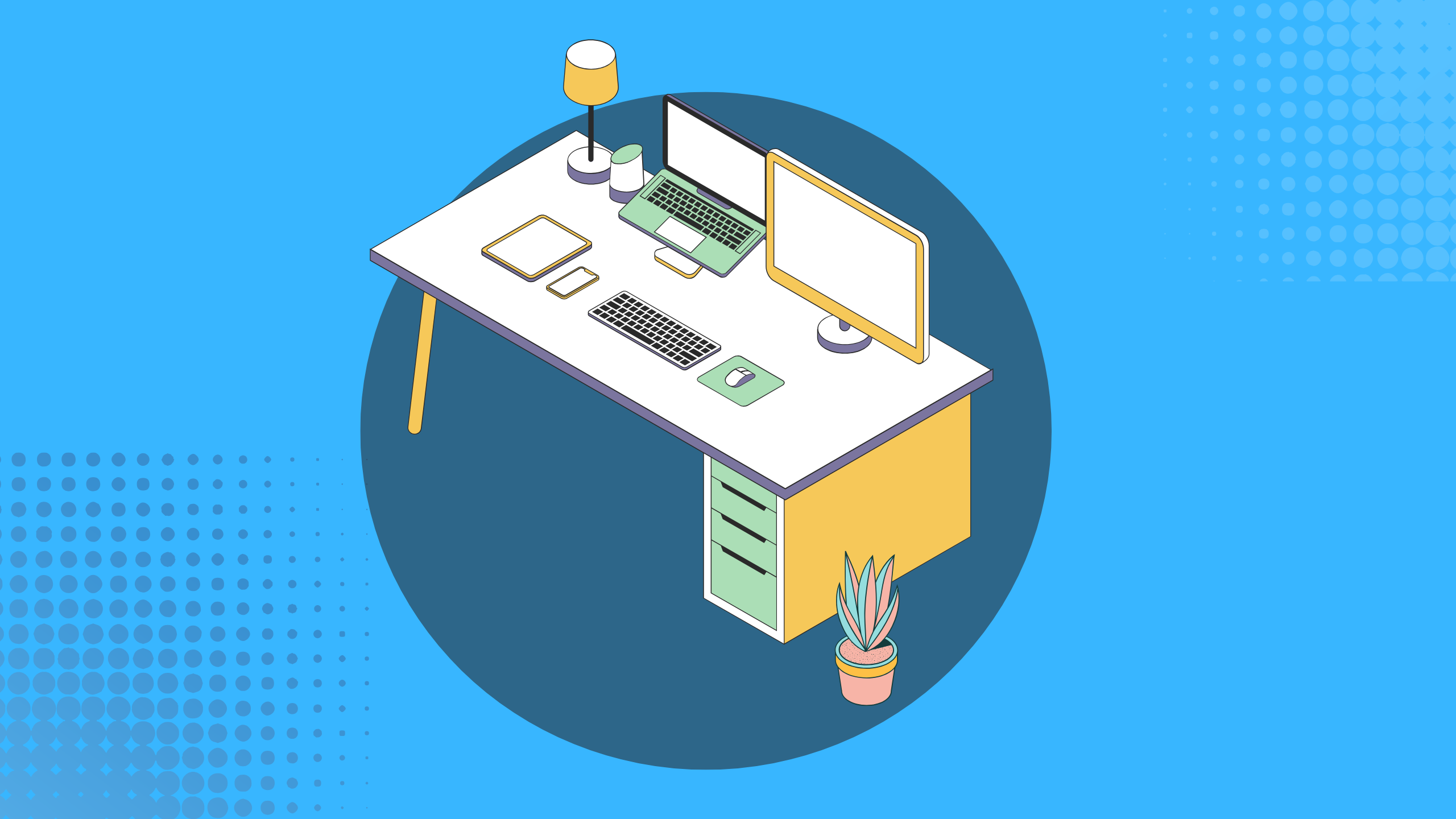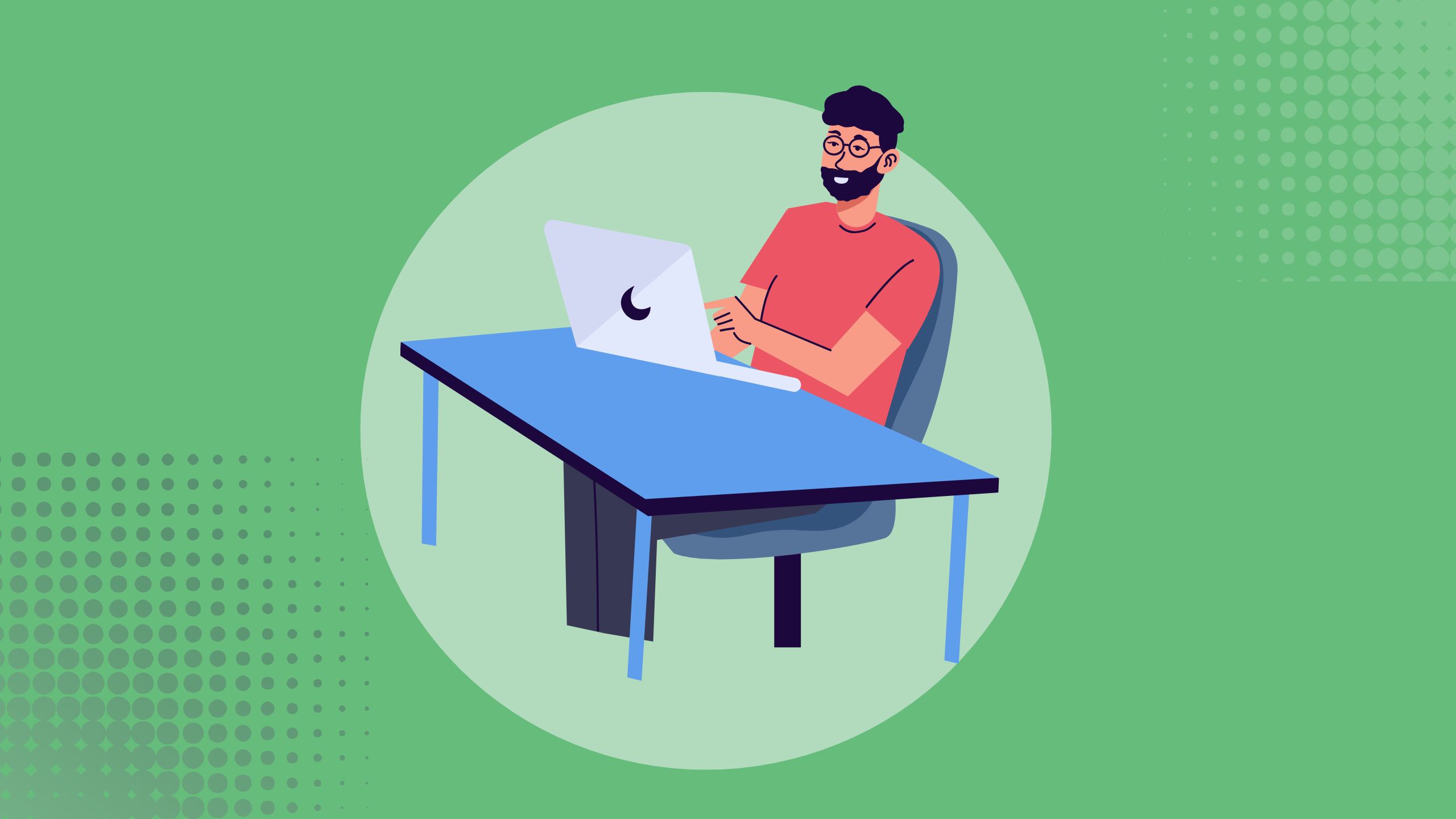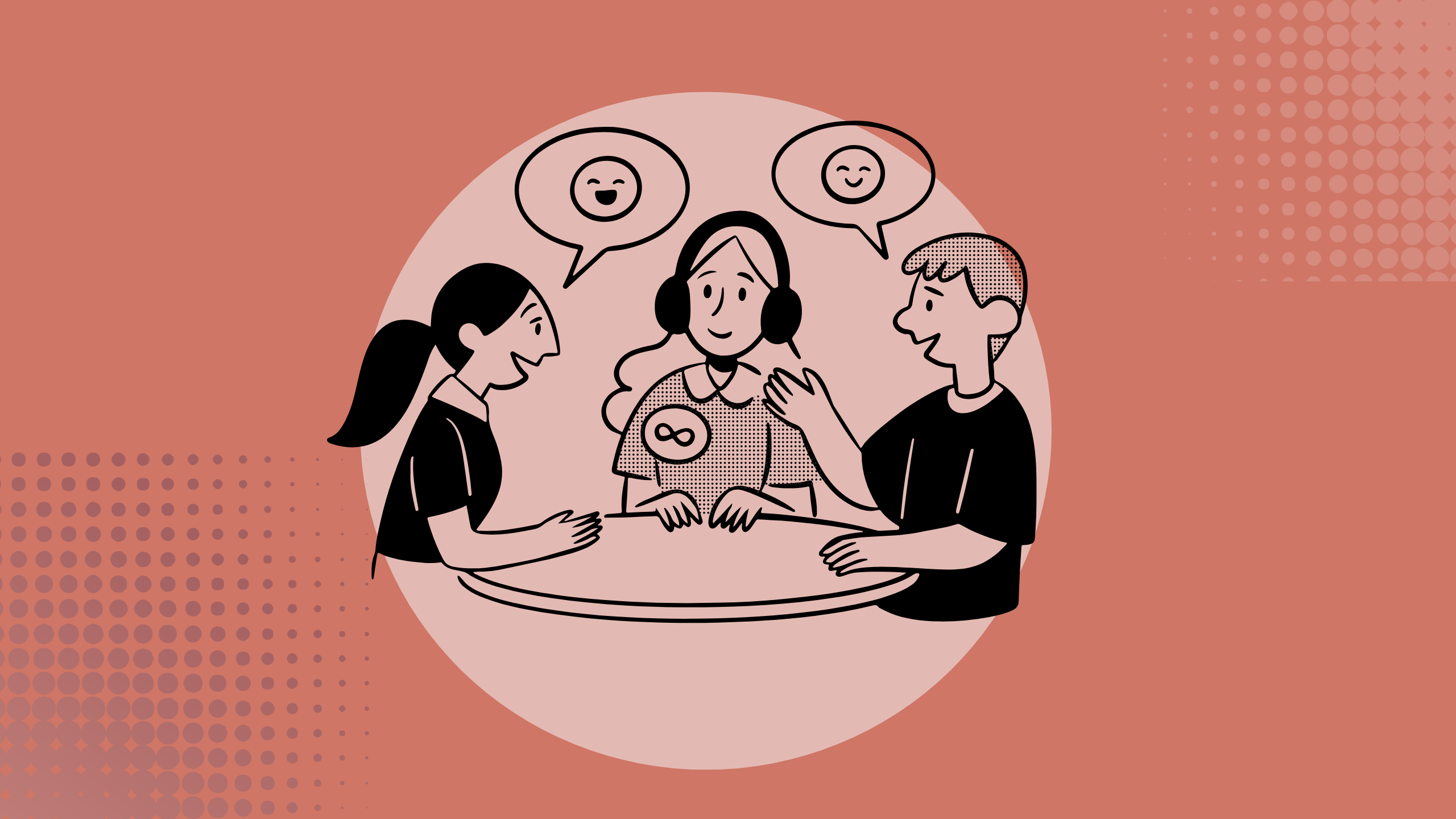Designing a dedicated workspace in a small apartment can feel like trying to fit a home office into a closet and for many, that’s exactly what it is. But don’t let limited square footage fool you. The true challenge isn’t the lack of space it’s the abundance of distractions hiding in plain sight.
From the pile of dishes in the sink to the pull of your bed just a few steps away, a small apartment comes with built-in interruptions that can slowly sabotage your productivity. And when your living room, kitchen, and office all share the same four walls, even minor disruptions can feel magnified.
In today’s remote and hybrid work world, the need for a calm, focused environment is more essential than ever. Yet for millions living in compact urban spaces, traditional advice like “use a separate room” or “close your office door” just doesn’t apply.
So the question becomes: how do you create a distraction-free workspace when space is limited and everything is within arm’s reach?
The answer lies in intention over size. By making small but strategic changes in layout, behavior, and design, it’s absolutely possible to craft a work zone that supports deep focus even if you live in a studio apartment.
Whether you’re a freelancer working from a 400-square-foot flat or a remote employee sharing a one-bedroom with a roommate, this guide will help you reclaim mental clarity and minimize distractions without needing to move or renovate.
From visual decluttering hacks to environmental design principles and focus-enhancing habits, we’ll explore how to turn even the smallest corner into a productivity stronghold.
In the age of remote work and hybrid job models, the need for a home office has gone from luxury to necessity. But what happens when you live in a small apartment where square footage is limited? Creating a productivity workspace for small space situations is not only possible, but it can also boost focus, mental well-being, and overall job performance. In this guide, we’ll walk you through proven strategies, clever design ideas, and practical tips to build a distraction-free workspace even in the coziest of homes.
Why You Need a Distraction-Free Workspace
Working in a cluttered or noisy environment can wreak havoc on your productivity. According to a study published in the Journal of Environmental Psychology, people working in tidy environments are up to 40% more productive than those in chaotic surroundings. Additionally, the American Psychological Association reports that distractions can reduce productivity by as much as 20%.
When you live in a small apartment, distractions aren’t just limited to clutter they can include roommates, street noise, or even your bed calling your name from a few feet away. That’s why intentionally crafting a productivity workspace for small space living is so critical.
How to Create a Distraction-Free Workspace in a Small Apartment
In a world where working from home is the norm, having a space that supports your focus isn’t a luxury it’s a necessity. But if you live in a small apartment, you’re probably already familiar with the challenges: a kitchen table doubling as a desk, the constant buzz of roommates or street noise, and nowhere to physically separate “life” from “work.”
Still, it’s absolutely possible to create a distraction-free workspace in a small apartment you just need the right strategy.
This guide will show you how to design a calming, productivity-enhancing space without needing extra square footage, expensive furniture, or total silence.
Step 1: Identify Your Natural “Focus Zone”
Every apartment no matter how small has areas where you’re more alert, more comfortable, or more creative. This could be near a window, in a quiet corner, or even just a specific chair that feels like a productivity hotspot.
How to Find It:
- Notice where you naturally sit when reading or concentrating
- Test working in different parts of your apartment over a week
- Pay attention to lighting, noise levels, and how often you’re interrupted
Pro Tip: Even a 3-foot-wide space next to a bookshelf can become your new HQ if it allows your brain to associate that spot with work.
Step 2: Eliminate Visual Noise (Your Brain Will Thank You)
Distractions aren’t always noisy. Visual clutter can drain your cognitive energy without you realizing it. A cluttered surface, overloaded bookshelf, or even piles of laundry in view can all undermine your ability to focus.
Try This:
- Keep your desk or work surface 90% clear at all times
- Store tools, notebooks, and cables in a box or drawer after work
- Choose calming, muted colors like soft grays, blues, or neutrals to decorate your workspace
📊 Did You Know? The Princeton Neuroscience Institute found that clutter competes for your brain’s attention, reducing performance and increasing stress.
Step 3: Design for Intentional Use, Not Square Footage
Instead of thinking, “Where can I fit a desk?”, ask: “Where can I create a space only for working?” You don’t need a lot of space you need a clearly defined purpose for that space.
Options for Small Apartments:
- Wall-mounted fold-down desk: Folds flat when not in use
- Corner desk shelf: Tucks into unused vertical space
- Bar cart or mobile workstation: Rolls out during work hours, stows away after
🧠 Tip: Keep your work surface exclusively for work don’t use it for eating, crafting, or storing personal items. That clear boundary helps train your brain to enter “work mode” faster.
Also Read: 7 Elements Every Daily Schedule for Remote Workers Should Include
Step 4: Minimize Noise Distractions Without Total Silence
If you live in a shared space or near street traffic, you know how disruptive background noise can be. But you don’t need a soundproof room to stay focused you just need smart noise control.
Solutions:
- Noise-canceling headphones: Invest in a pair like the Sony WH-1000XM series or Bose QuietComfort
- White noise apps: Try Noisli or Brain.fm to drown out distractions
- Strategic soft furnishings: Curtains, rugs, and upholstered chairs absorb sound and reduce echo in tight rooms
🎧 Hack: Use brown noise or coffee shop ambience to stay in focus mode without complete silence.
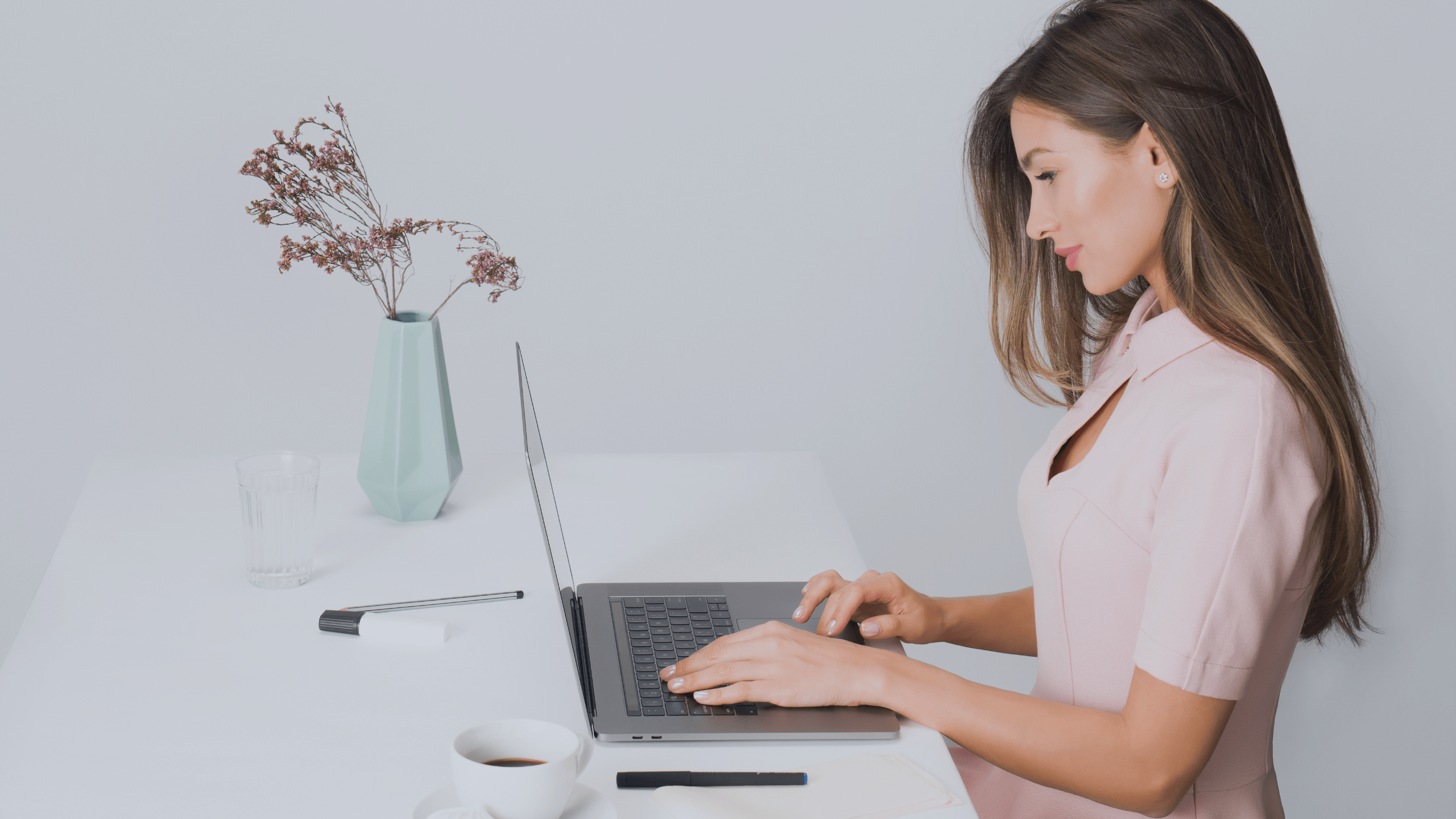
Step 5: Block Digital Distractions with Intentional Tech Use
Even in a perfectly arranged room, your biggest source of distraction might be sitting right in front of you: your devices.
How to Control Digital Clutter:
- Use app blockers like Freedom, Cold Turkey, or SelfControl
- Set browser tabs into folders and close everything unrelated to your task
- Turn off notifications yes, even Slack during deep focus blocks
📱 Micro-Habit: Place your phone face down across the room. This adds “activation energy” to check it and helps reduce impulsive scrolling.
Step 6: Add One Element That Calms You
In small apartments, work and life are constantly blending. A personal calming ritual or object can help you reset between tasks or when stress creeps in.
Calming Additions:
- A small tabletop fountain for white noise
- A scented candle or diffuser with eucalyptus, lavender, or lemon
- A framed photo or motivational quote that brings you joy
Why it Works: Micro-moments of comfort help your nervous system relax and keep your stress response low crucial for maintaining focus over long periods.
Step 7: Follow a Consistent Start-and-Stop Routine
Creating boundaries in a small apartment isn’t just about space it’s about time. A ritualized routine tells your brain when to focus and when to relax.
Try This Daily Sequence:
- Start of work: Brew tea, turn on a specific desk lamp, open a to-do list app
- End of work: Shut down all tabs, clear your workspace, and turn off the light
🌅 Morning Pro Tip: Don’t work in your pajamas. A quick change even into “indoor workwear” helps mentally shift you into gear.
Also Read: The Only Google Keep Productivity Tutorial You’ll Need to Boost Focus and Clarity
Tips to Maximize Productivity in a Small Apartment Workspace
After you’ve claimed a workspace in your small apartment and nailed down the essentials, it’s time to go deeper. Maximizing productivity isn’t just about having a desk and a decent chair. It’s about layering strategy, environment, and behavior to create a workspace that actually works for you.
Here are some advanced, non-obvious techniques to take your tiny apartment home office to the next level:
🎯 Use “Anchor Cues” to Instantly Shift into Focus Mode
When you don’t have the luxury of a separate home office, context switching becomes harder. You need cues that signal to your brain: It’s time to focus.
Examples of anchor cues:
- A specific scent (e.g., peppermint essential oil diffuser) used only during work hours
- A particular playlist or binaural beats used every time you sit at your desk
- Putting on a certain sweater or accessory you wear only when working
These cues act as environmental triggers that prep your mind for flow state even when working from the same 300-square-foot studio you sleep and eat in.
🪑 Upgrade to a Vertical Ergonomic Desk Setup for Limited Space
Traditional office desks often don’t fit in apartments, but that doesn’t mean you have to sacrifice comfort. Instead, use vertical space intelligently to create a stacked, ergonomic workspace that supports posture and performance.
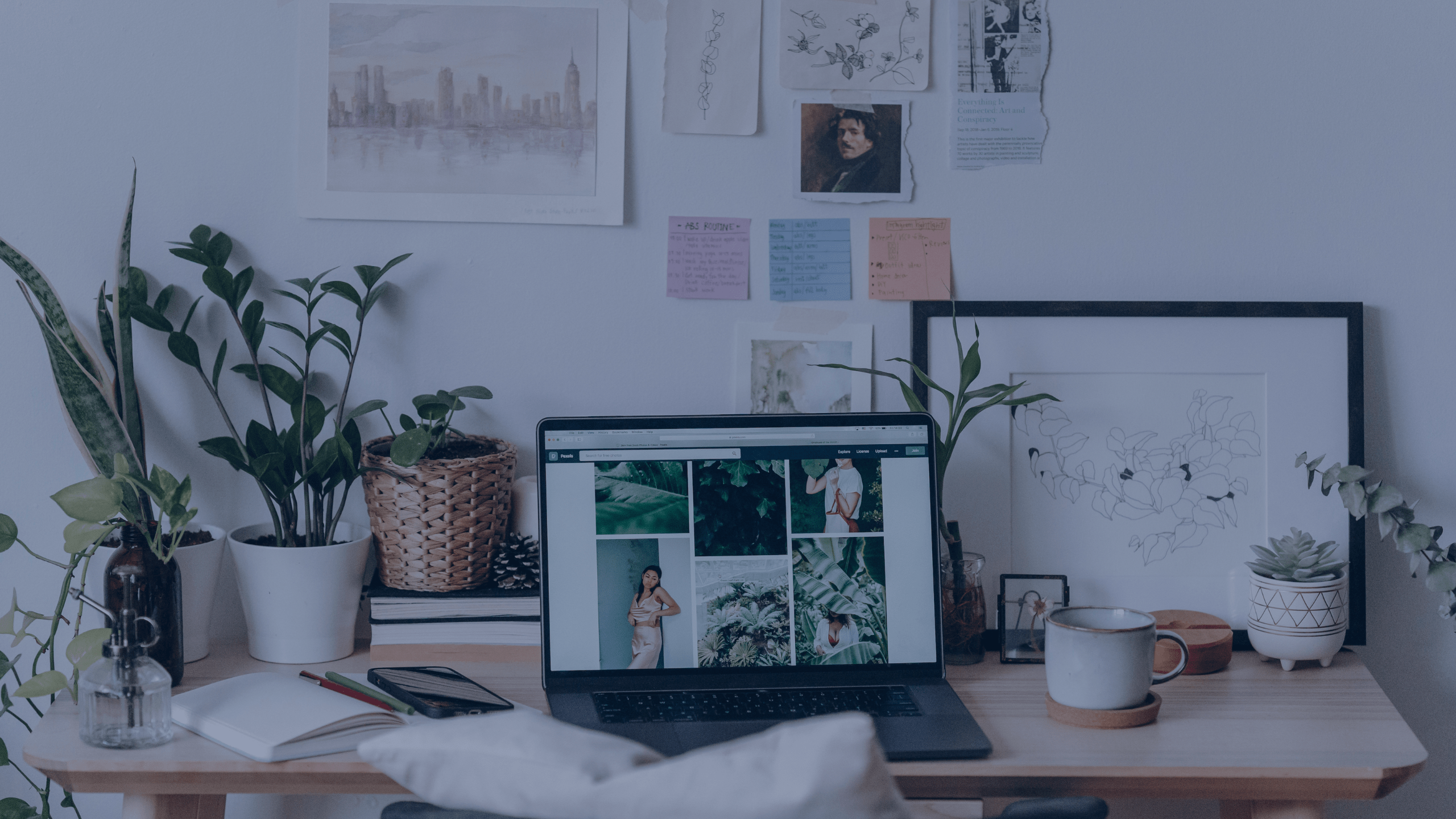
Smart vertical desk hacks:
- Wall-mounted monitor or laptop shelf to raise your screen
- Adjustable keyboard trays that slide under a wall-mounted desk
- Magnetic wall strips for small tools or notepads
- Clip-on lighting and wall-mounted power outlets to avoid desk clutter
🧠 Long-Tail SEO Tip: Use the phrase “ergonomic desk setup for limited space” in your content to target readers actively searching for posture-friendly home office ideas in small apartments.
🔃 Rotate Your Workspace Configuration Every 3–4 Weeks
Here’s something most remote workers don’t consider: workspace stagnation kills productivity.
If you’ve been staring at the same corner for months, you may begin to feel stale or demotivated. Refreshing your setup can reset your energy and encourage creativity.
Small tweaks, big results:
- Shift your desk orientation to face a different wall
- Switch out your art or vision board
- Add a seasonal item (small lamp, plant, photo) to keep things fresh
- Alternate between seated and standing configurations if possible
Think of it like “workspace feng shui” clearing energetic blocks to optimize your apartment for remote work.
🚀 Implement a 2-Zone System for Peak Efficiency
In a small apartment, everything blends together unless you build behavioral zones. Even if you can’t physically separate areas, mentally defining zones changes how you use them.
How it works:
- Zone 1: Deep Work Space – Reserved for writing, client work, meetings (no distractions allowed)
- Zone 2: Light Work Zone – A comfy chair or corner where you handle emails, brainstorming, or reading
By working in the right zone for the right task, you can increase focus when working from home in a small apartment, even without a dedicated office.
🧠 Use “Intentional Friction” to Kill Bad Work Habits
Sometimes, you need to make distractions harder to access not easier. In a compact space where your phone, snacks, and couch are always within arm’s reach, this can make or break your productivity.
How to create friction:
- Put your phone in a lockbox or another room during deep work blocks
- Install Chrome extensions like StayFocusd to block distracting websites
- Keep a single water bottle on your desk to avoid frequent kitchen trips
These micro-barriers help enforce better habits, especially in apartment setups where temptation is always close by.
📚 Create a Micro Knowledge Nook
Most people overlook this, but having a small “thinking space” away from your main desk can trigger ideation and reduce mental fatigue.
How to set it up:
- Use a foldable floor cushion and a portable lap desk
- Keep a physical notebook or sketchpad handy
- Store inspirational books or journals nearby
Use this nook for reflection, goal planning, or idea sketching activities that require mental space, not screen time.
🧠 Pro SEO Angle: Content that uses terms like “tiny apartment home office ideas” combined with concepts like “mobile workspace setups” or “mental recharge zones” can tap into untapped traffic niches.
🌐 Go Asynchronous to Reclaim Mental Energy
Living and working in tight quarters makes constant Zoom calls, Slack pings, and real-time updates exhausting. Instead, embrace asynchronous communication.
Async strategies:
- Batch-record updates for team tools like Loom
- Use project management platforms (ClickUp, Trello, Asana) for status tracking
- Schedule 1–2 “deep work” days with no meetings or calls
Working asynchronously lets you control your focus schedule, which is essential when every square foot of your apartment doubles as workspace and living space.
Also Read: Trello vs Asana for Remote Teams: 5 Features That Make or Break Your Workflow
Conclusion: Compact Living, Expanded Output
True productivity isn’t about having more space it’s about doing more with what you already have. With intentional behavior design, smart ergonomic adjustments, and strategic workspace zoning, you can transform even the tiniest apartment into a productivity powerhouse.
Whether you’re freelancing, running a startup, or working a 9–5 remotely, these advanced tips will help you build a truly optimized productivity workspace for small space living one that works as hard as you do.

